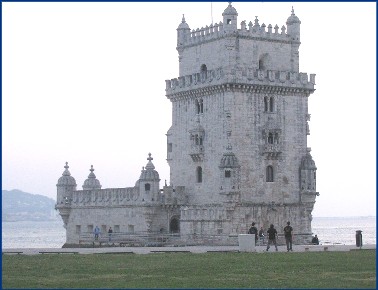 Lisbon, the capital of Portugal,
is the country's most important city, home to approximately 1.5 million
inhabitants. It is situated on the coast at the extreme west of Europe,
and at the mouth of Portugal's largest river, forming an extraordinary
harbor. Lisbon, the capital of Portugal,
is the country's most important city, home to approximately 1.5 million
inhabitants. It is situated on the coast at the extreme west of Europe,
and at the mouth of Portugal's largest river, forming an extraordinary
harbor.
Today's Lisbon has kept an easy-going, human pace and scale, with little of the underlying violence of most cities and ports of its size. It showcases a vibrant, cosmopolitan identity, with large communities of ex-colony Brazilians, Africans (from Angola, Mozambique and Cape Verde) and Asians (from Macao, Goa and East Timor). Many came over to work on two major urban development projects in the Nineties: the preparations for the European City of Culture in 1994 and the Expo 98. |
|||||
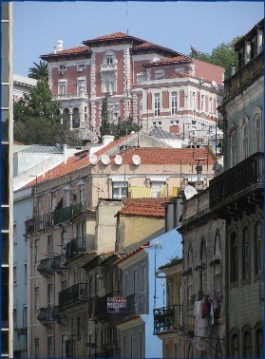 Lisbon is older than Rome - older, in fact, than any
other western European capital. Many parts of it remain curiously provincial,
wooden trams from before World War I clank up outrageous gradients, past
mosaic pavements and Art Nouveau cafes, and the medieval, village like
quarter of Alfama hangs below the city's castle. Here, the traditional
and trendy lives harmoniously together: wide shady avenues and the streets
and alleys of picturesque old districts; monuments and museums together
with skyscrapers. Lisbon is older than Rome - older, in fact, than any
other western European capital. Many parts of it remain curiously provincial,
wooden trams from before World War I clank up outrageous gradients, past
mosaic pavements and Art Nouveau cafes, and the medieval, village like
quarter of Alfama hangs below the city's castle. Here, the traditional
and trendy lives harmoniously together: wide shady avenues and the streets
and alleys of picturesque old districts; monuments and museums together
with skyscrapers.The Alfama district, with its narrow passageways, wrought-iron balconies, and fresh laundry hung out to dry is a wonderful place to wander aimlessly. Or hit the cosmopolitan beach resorts of nearby Estoril and Cascais for everything from shopping to nightclubbing to sailing. The town of Sintra, approximately 18 miles northwest of Lisbon in the mountains is one of Portugal's oldest towns and a classis example of a historic European village. |
|||||
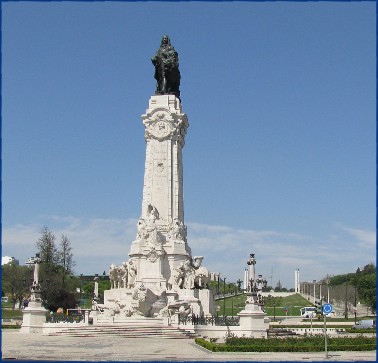 Lisbon is home to several outstanding monuments, the
April 25th Bridge, which spans the Tagus River near the ship's terminal
and looks amazingly similar to San Francisco's Golden Gate Bridge. Both
had the same builder and are sister bridges. The Christ the King monument
that stands on the far bank was a gift from the people of Brazil, a replica
of that country's Christ the Redeemer. Lisbon is home to several outstanding monuments, the
April 25th Bridge, which spans the Tagus River near the ship's terminal
and looks amazingly similar to San Francisco's Golden Gate Bridge. Both
had the same builder and are sister bridges. The Christ the King monument
that stands on the far bank was a gift from the people of Brazil, a replica
of that country's Christ the Redeemer.
At one end of the Baixa , the central city grid, opening onto the River Tagus, is the broad, arcaded Praça do Comércio ; at the other stands Praça Dom Pedro IV, or the Rossío , merging with the Praça da Figueira and Praça dos Restauradores . These squares, filled with cafés, occasional street musicians, tourists and streetwise dealers, form the hub of Lisbon's daily activity. |
|||||
Lisb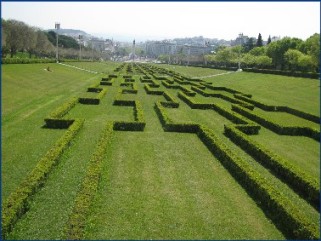 on really comes to life at night, offering a range
of activities, which far exceeds many larger European cities. At night,
the city bustles with nightlife second to none, offering an amazing range
of options, from traditional 'fado' houses to the most sophisticated clubs,
restaurants and discotheques beckons tourists. on really comes to life at night, offering a range
of activities, which far exceeds many larger European cities. At night,
the city bustles with nightlife second to none, offering an amazing range
of options, from traditional 'fado' houses to the most sophisticated clubs,
restaurants and discotheques beckons tourists.The district of Bairro Alto was the traditional heart of Lisbon's nightlife was, until the start of the 1990s. Located high above and to the west of the Baixa, and best reached by funicular (Elevador da Glória) or the great street elevator (Elevador Santa Justa), built by Eiffel disciple Raul Mésnier de Ponsard. East of the Baixa, the Castelo de São Jorge , built by the Moors in 719 before becoming home to many of Portugal's kings, crowns the city's highest hill, with the Alfama district - the core of the medieval city - sprawled below. The Bairro Alto with its 'fado' houses, restaurants, bars and discos known for their underground and dance music, features venues that are officially open until 2am, but the party often goes on long after dawn. |
|||||
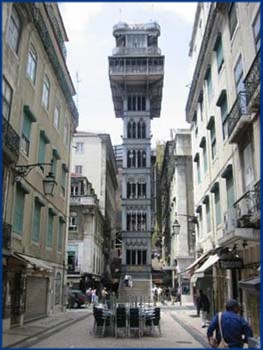 At night, one may shift focus to the Docas , a new ultra-modern
dockland area full of clubs and
one of the capital's best restaurants
and bars. There is a lot of action at the Avenida 24 de Julho, Docas district
and, since the exhibition, the Parque das Nações. There you
will find a wide range of clubs and restaurants tempt night owls, while
in the Docas district, bars, restaurants and clubs occupy a row of converted
warehouses with a crowded promenade and tables out front. At night, one may shift focus to the Docas , a new ultra-modern
dockland area full of clubs and
one of the capital's best restaurants
and bars. There is a lot of action at the Avenida 24 de Julho, Docas district
and, since the exhibition, the Parque das Nações. There you
will find a wide range of clubs and restaurants tempt night owls, while
in the Docas district, bars, restaurants and clubs occupy a row of converted
warehouses with a crowded promenade and tables out front.
In the city's east side, most of the restaurants, bars and clubs that were built for Expo '98 are still open for business. Those who prefer to stay outside the city limits can travel some 30km to the resorts of Estoril and Cascais, where there are plenty of nightspots to while away the hours after dusk. |
|||||
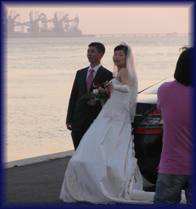 |
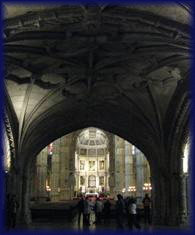 |
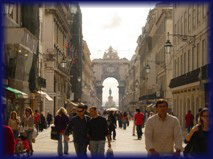 |
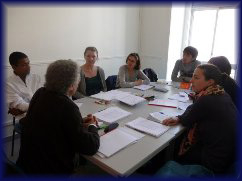 |
||
| School Facilities | |||||
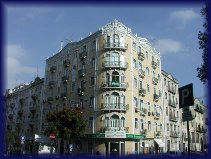 CIAL
Centre: is located near the picturesque Eduard VII Park
which is both residential and commercial in feel. There are 4 different
facilities with a total of 20 classrooms, each within easy walking distance
of each other, cultural centers and tourist points of interest. The school
facilities are modern, and well-equipped with televisions, videos and computers. CIAL
Centre: is located near the picturesque Eduard VII Park
which is both residential and commercial in feel. There are 4 different
facilities with a total of 20 classrooms, each within easy walking distance
of each other, cultural centers and tourist points of interest. The school
facilities are modern, and well-equipped with televisions, videos and computers. |
|||||
